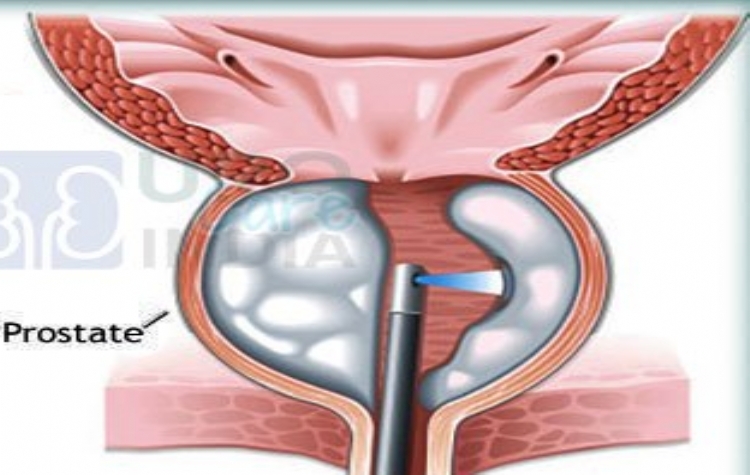Does HoLEP surgery negatively affect sexual functions?
Benign prostatic enlargement (BPH) in aging men is a common disease today. With the prolongation of life expectancy, there is an increase in the incidence of the disease. In the surgical treatment of benign prostate enlargement, sexual problems appear in varying degrees depending on the procedure applied.
Commonly used surgical methods in the surgical treatment of BPH: Open surgery, TUR, plasmakinetic, bipolar and monopolar TUR operations in very large prostate cases, and HOLEP (holmium laser) enucleation of the prostate), that is, prostate surgery performed with laser.
We can examine the sexual (sexual) problems that are frequently seen at the end of the surgical treatment of the prostate in two main groups:
Retrograde ejaculation (absence of semen, mixing with urine)
Erectile dysfunction (erectile dysfunction, impotence)
Retrograde ejaculation
Normally, the bladder neck is panned during ejaculation and the semen is expelled from the urinary canal (urethra) by intercourse. During surgical interventions for bladder neck and benign prostate disease, the anatomy of the bladder neck is disrupted and the bladder neck cannot close during ejaculation. As a result, the semen cannot be expelled and escapes into the bladder, and the semen in the bladder is then excreted together with the urine. This situation is called “retrograde ejaculation”, the reflux of semen.
Retrograde ejaculation is undesirable by sexually active men, but it happens in almost all surgical methods used in the treatment of benign prostate. It has been reported that in surgeries performed with the HOLEP method, which has been used in recent years, semen retraction is less than other methods, but despite this, patients should be informed before the operation that this possibility may still exist. Retraction of semen does not directly affect erectile functions in patients, but it can have a negative psychological effect. It is also important in this respect that patients are informed about this issue in advance.
The point where retrograde ejaculation is of primary importance is to be able to have a child. In cases where the semen leaks back, it is difficult to have a child by normal means after intercourse, but with artificial insemination methods to be made with sperm obtained from urine after intercourse, patients can have children if they want, or they can have children with in vitro fertilization methods similar to sperm taken from the testicles or epididymis (semen ducts). possible.
Erectile dysfunction
Erectile dysfunction (ED) or erectile dysfunction (impotence) is defined as “the inability to initiate or maintain a normal relationship.” One of the complications seen after benign prostatic enlargement surgeries is erectile dysfunction, that is, erectile dysfunction. The incidence of erectile dysfunction increases with age, and considering that the incidence of BPH increases with age, it is expected that ED problems are more common in prostate BPH patients.
Erection problems as a result of the surgical treatment of benign prostate enlargement vary according to the type of technique applied. The reason for this is that the nerves that go to the penis and are responsible for erection pass from the outside of the prostate adjacent to the prostate and can be damaged during these surgeries. In some of the surgical methods applied for BPH, post-procedure erectile functions are negatively affected to varying degrees. However, with the HOLEP method, which has been put into practice in recent years, it has been reported that erection problems do not deteriorate or even increase.
The reason for this is related to the laser energy source used in HOLEP surgery. Since the laser energy used in the HOLEP method penetrates to a depth of 0.4 mm, there is no negative effect on the nerves passing outside the prostate and adjacent to the prostate capsule, and as a result, erection problems are not seen in HOLEP patients.
Prof. Dr. Emin ÖZBEK
Urology Specialist


Leave a Reply